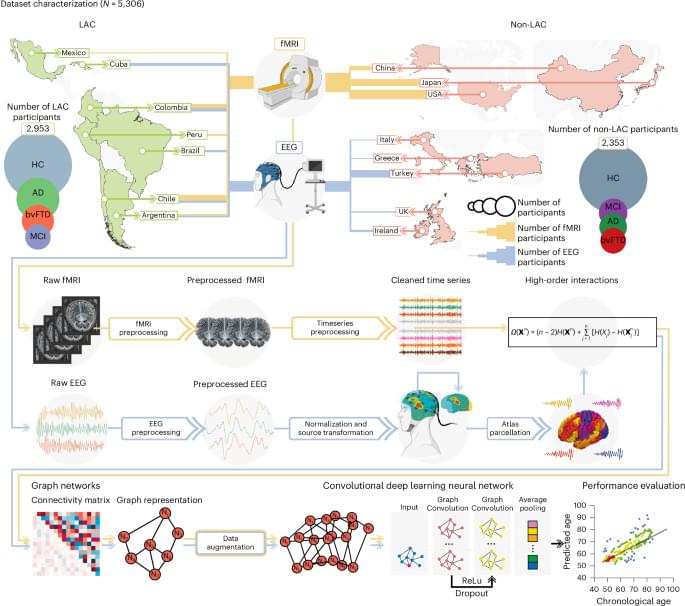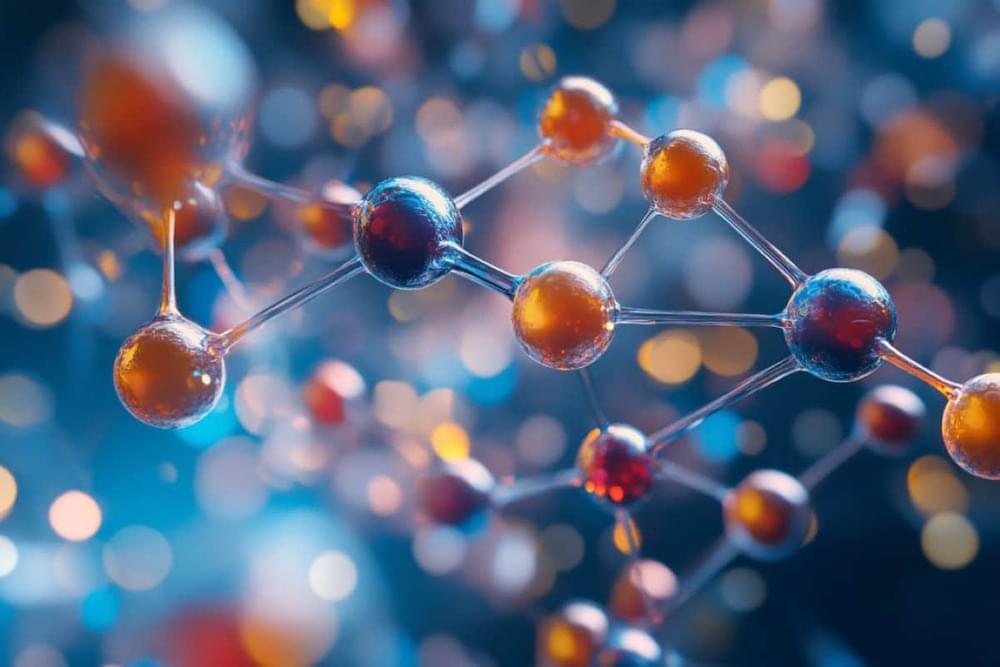A few nutty professors have figured out a way to teach a smart gel how to play a video game, but can it clear Elden Ring?



The brain undergoes dynamic functional changes with age1,2,3.
Analyses of neuroimaging datasets from 5,306 participants across 15 countries found generally larger brain-age gaps in Latin American compared with non-Latin American populations, which were influenced by disparities in socioeconomic and health-related factors.
A fringe ideology on the far left has taken over academia, suppressing free speech and promoting grievance studies over evidence-based research, with the goal of controlling society and imposing its ideology on others.
Questions to inspire discussion.
What’s happening in American universities?
—A fringe ideology on the far left has taken over academia, suppressing free speech and promoting grievance studies over evidence-based research. This ideology aims to control society and impose its views on others. It’s spreading rapidly, metastasizing into other areas of society.

Certain fields of academia, particularly those influenced by postmodernism and critical theory, have become corrupted by a focus on ideology over truth, leading to a lack of intellectual rigor and a stifling of rational discourse.
Questions to inspire discussion.
What is the Sokal hoax?
—The Sokal hoax was a 1996 academic hoax where physicist Alan Sokal published a fake paper filled with nonsensical postmodern jargon in a Duke University journal to test if postmodern cultural critics would accept a nonsensical argument. The hoax exposed the abuse of scientific terminology to make political points in academia.


Summary: Researchers developed a brain-inspired AI technique using neural networks to model the challenging quantum states of molecules, crucial for technologies like solar panels and photocatalyst.
This new approach significantly improves accuracy, enabling better prediction of molecular behaviors during energy transitions. By enhancing our understanding of molecular excited states, this research could revolutionize material prototyping and chemical synthesis.

Discover how a patched Microsoft 365 Copilot vulnerability could have led to data theft using ASCII smuggling and prompt injection techniques.
